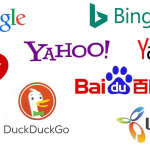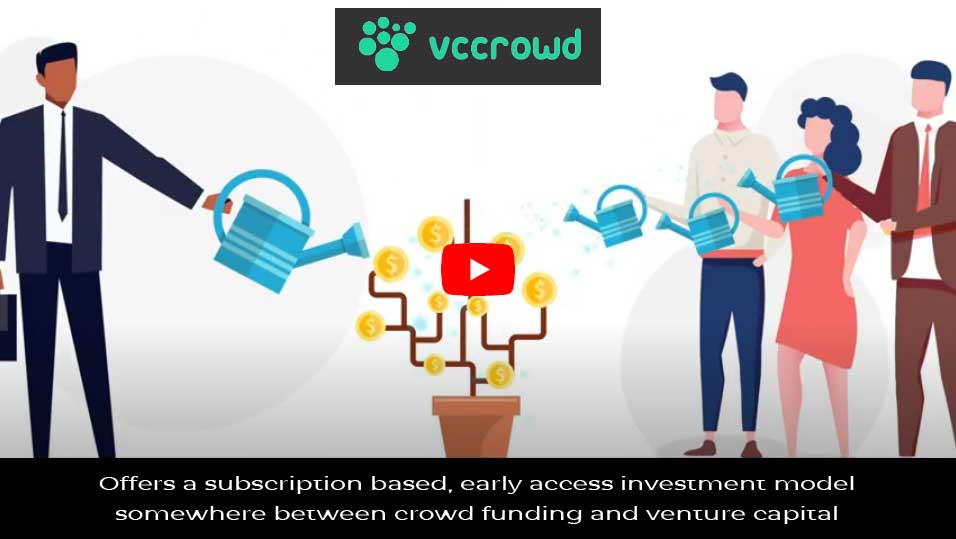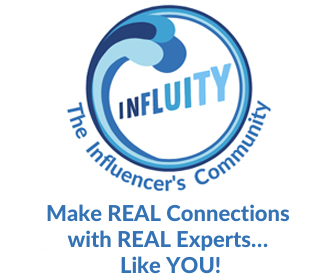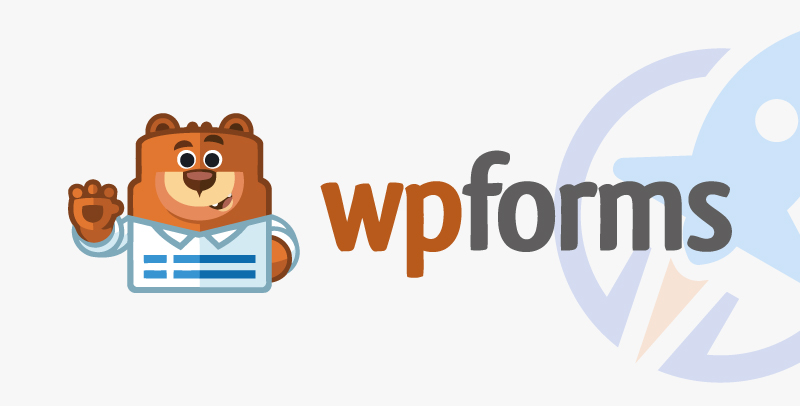Zero-party data is voluntarily, willingly shared by constituents. First-party data is passively collected, it’s the footprint left from the interaction with your brand – website tracking data, open/click email data, donation data.
First-party is more abundant but requires inference and assumption, zero-party is a much greater degree of knowing and understanding.
There are three types of zero-party data we recommend collecting.
- Donor’s Connection to your mission
- Donor’s Connection to your brand
- Donor’s Experience with your brand
Donor Connection to Mission is their Identity
You have more than one Identity at play with all the humans giving on your file. Don’t aim for knowing them all right away. Aim for one, go from there.
Here is one example for the International Relief sector that allows us to classify people as High/Low Globalists. The High Globalists get messaging that is thematically created from the measure itself. We picked this example because it’s abstract and the bigger struggle compared to say, a health charity where the Identity is obvious and straightforward to measure – connection to disease.
The silver lining with a more involved, multi-item Identity measure is that the scale is the strategic brief on how to message to Identity. Imagine someone from the field office penning the letter sharing why they chose to deploy to a remote, far away place by invoking the sentiment in these survey measures and the reader being someone who strongly identifies with this belief system.

Donor’s Connection to your brand is Commitment
- I am a committed [CHARITY] donor
- I feel a sense of loyalty to [CHARITY]
- [CHARITY] is my favorite charitable organization
This is a DonorVoice proprietary scale (this is the short version) for measuring the strength of the supporter relationship with your organization. This was a multi-year product development effort that started in the commercial space to develop the scale (and fuller model) with standard, rigorous approaches to measurement, scale development and validation.
Bottom line, it works because we started with a theory or point of view on how the world works and went from there. This approach has predictive, forward looking value with a myriad of applications, not least of which is changing frequency of communications tied to Commitment scores or further coloring up a list of wealthy donors by knowing who’s rich and loves you.
Donor’s experience with your brand is transaction specific
If donor experience matters and if you aspire to be “donor-centric” then we’d put a stake in the ground that to do so requires collecting feedback post interaction as an “always-on”, business process. Measuring and managing donor experience is a way to raise money without ever asking for it.
As an illustration, we asked for feedback about the online giving experience and then fixed the user-identified problems that would never be surfaced without this type of data. As a result, page conversion increased from 12% to 33%. Not more asking, just a better, easier process that only comes from collecting user experience data.
The donor experience measure necessarily changes based on the type of interaction (e.g. after online donation, after attending an event, after being canvassed, after receiving a TM call) as it is diagnostic and specific to the interaction.
The main takeaways:
- Take a continuous Census, not a one-time sample. This is not a one and done or project-based exercise.
- The experience feedback has value at the individual supporter level and in aggregate to diagnose systemic issues.
- It needs to be asked shortly after the interaction to maximize data quality and participation rates.
- The feedback process creates other, passive 1st party data that has predictive value – bounce back, unsubscribe, open, click.
Kevin













